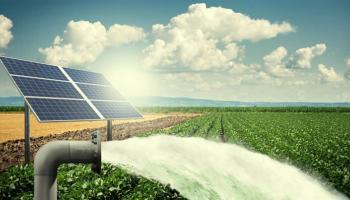‘Solar Irrigation in India’ Knowledge Portal
Till about 2009-10, almost all of the couple of thousand solar irrigation systems installed in India were for ‘technology demonstration’. These were implemented in controlled, academic environments with the objective of establishing technical feasibility of pumping water for irrigation using solar energy. Financially, solar technologies were considered unviable, especially for agriculture with high energy demand and limited purchasing power of small farmers. Not many people could have imagined what happened in the next decade.
Between 2010 and 2020, the number of solar irrigation pumps in India grew to more than 250,000 through a mix of improvements in panel efficiency, declining unit prices and aggressive government support. As the numbers continue to grow, our understanding of their functioning, technical and financial business models, impact on agriculture and water resources, promotional strategies, and institutional capacity requirements are also growing. In 2018, acknowledging the potential of ‘solar irrigation’ in reshaping India’s massive irrigation economy, the Government of India announced KUSUM (later, PM-KUSUM; Pradhan Mantri Kisan Urja Suraksha evam Utthan Mahabhiyan) which now boasts of an ambitious target of installing more than 3.5 million solar irrigation pumps over the next few years.











